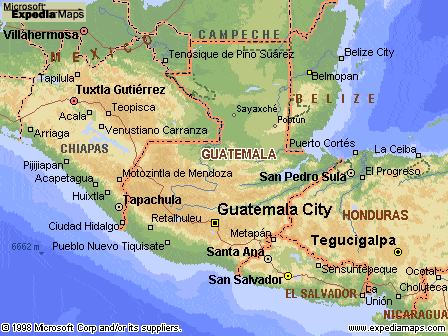During the 1940s, the US conducted a series of incredibly unethical and disturbing experiments regarding sexually transmitted diseases in Guatemala, including the decision to re-infect a dying woman with syphilis. Now, additional information about this very dark period has been disclosed by a presidential panel.
Already considered one of the darkest episodes in US research, the experiments have been revealed to be even more shocking than previously believed – even when placed in the historic setting of the time.
“The researchers put their own medical advancement first and human decency a far second,” said Anita Allen, a member of the Presidential Commission for the Study of Bioethical Issues.
From 1946 to 1948, the US Public Health Service and the Pan American Sanitary Bureau worked with several Guatemalan government agencies about paying them to conduct experiments involving deliberately exposing people to sexually transmitted diseases. Land of the free indeed.
The researchers were apparently trying to figure out if penicilin, pretty recent back then, could prevent infections in the 1,300 people exposed to syphilis, gonorrhea or chancroid. The infected people included soldiers, prostitutes, prisoners and mental patients with syphilis.
The report indicated that only about 700 of those people received some sort of treatment, and 83 died, though it’s not yet clear if this was a direct result of the conducted experiment. President Barack Obama called Guatemala’s president, Alvaro Colom, to apologise.
For example, seven women with epilepsy, who were housed at Guatemala’s Asilo de Alienados (Home for the Insane), were injected with syphilis below the back of the skull, a highly risky procedure, in order to see if the infection would have some sort of effect on epilepsy. As a result, they got infected with bacterial meningitis, probably as a result of unsterile conditions, but they were treated.
Meanwhile, the Guatemalan government has vowed to carry their own investigation, and they say they will publish a report in November.
Was this helpful?




